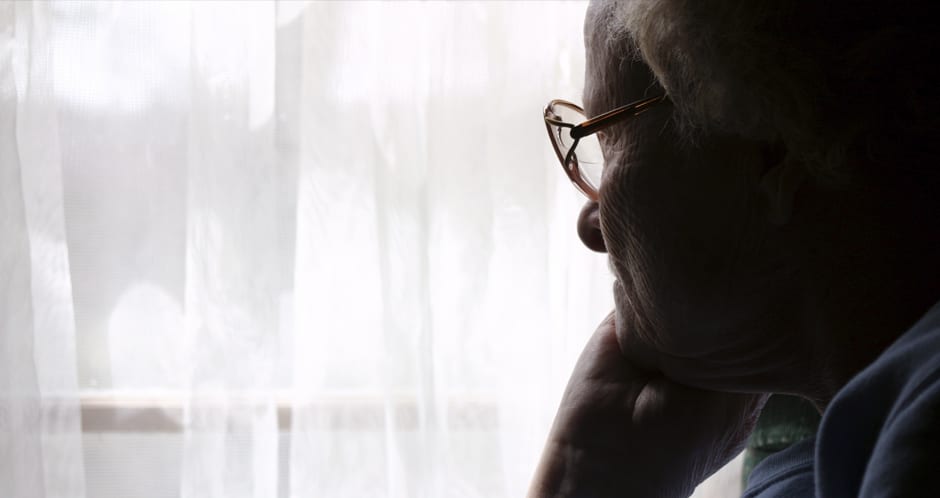
Most people living in aged care have lived long full lives, however, irrespective of their age, that does not always mean their deaths are timely.
Death is not uncommon in aged care. Especially since a large portion of aged care residents are frail and may have ill health.
And yet, there is such a thing as “dying early” in aged care.
A new research paper, published in the Medical Journal of Australia, has showed some alarming statistics regarding premature deaths in aged care.
Between 2000 and 2013, there were over 21,000 aged care residents who died in care. And of them 15.2% died due to “external causes”.
What this means is that they didn’t die of old age or succumb to disease or ill health.
These are deaths that occurred due to accidents, violence, abuse or suicide – all of which are preventable.
Cases of abuse in aged care made headlines earlier this year. This was such in South Australia’s Oakden facility where it was reported that there was abuse and neglect of patients dating back 10 years.
Another particularly concerning find in the study was that the annual number of “external cause” deaths in nursing homes increased over the past decade, during the time of the study.
From 2001-02, it was 1.2 resident deaths per 1000 admissions. However, by 2011-12 there were 5.3 resident deaths for every 1000 admissions.
The most common external cause of death were falls – 2,679 of the 3,289 “external cause” deaths were from falls. That’s 81.5%.
Falls are commonly associated with the elderly, but it is not a natural part of getting older. Falls can be prevented if the right precautions are taken.
Following falls, it was reported that the next most common were 261 cases of fatal choking and 146 suicides.
Most of these deaths, 67.1% of them, occurred outside of aged care facilities – usually in hospital, which means only a little more than 30% of the residents died at their facility. That said the vast majority of the causes that lead to hospitalisation were a direct result of incidents in the aged care facility. Approximately 95.8% of the “eternally caused” deaths happened because of incidents that happened in care.
This suggests that a large portion of residents are able to be transferred to hospital after the event but their injuries are too severe to recover from. But the root of the problem is within aged care.
What these new finding have done is established how people die in care. It has brought particular focus on preventable deaths and things that aged care staff should be working to focus on.
There is a call for more fall prevention precautions, better dementia care, as well as mental health support to prevent suicides.
There are multiple government bodies that oversee aged care, which include the Australian Aged Care Quality Agency, the Aged Care Complaints Commissioner and the Health Department, but none are responsible for reducing preventable harm by improving practice.
Earlier this month, the Federal Minister for Aged Care, Ken Wyatt, appointed a new panel to review National Aged Care Quality Regulatory Processes so that they become more efficient at recognising poor care and abuse.
Preventable deaths start at the aged care facility, and better detecting where these accidents and abuses happen and how they occur will help in preventing more from happening in the future.
A large part of offering a better quality of care, is ensuring that residents feel safe and to reassure families that no harm will come to their loved ones.
1
5
0.5
I think there needs to be a focus in aged care as to what is actually happening in care. Systems are in aged care setting criteria however adherence to systems is not always there. Especially in simpler matters such as weighing and recording or recording risky behaviors. I think this occurs through understaffing. Organizations offering Aged Care should not be for profit but designed to break even and provide for improvement in care. Private profit from aged care is not compatible with giving the best care.